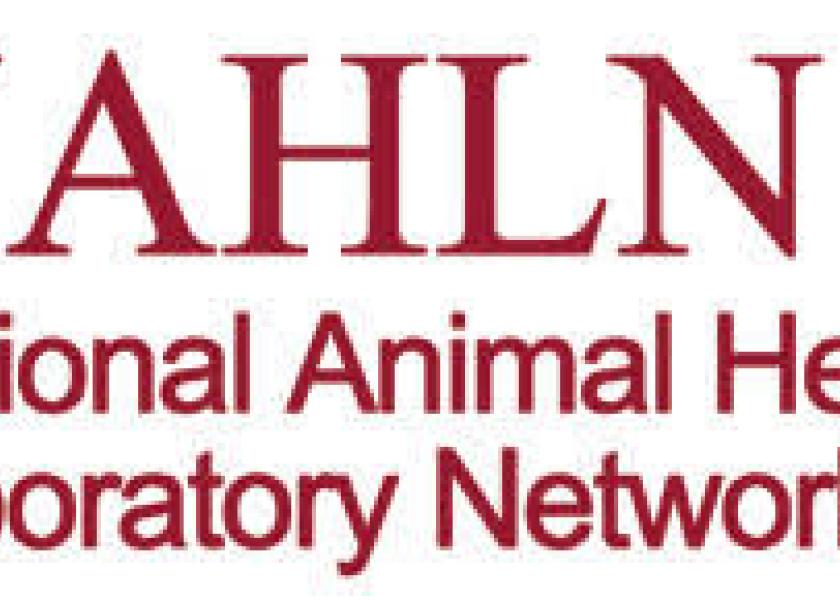APHIS Invites Proposals for Disease Prevention and Emergency Response

The U.S. Department of Agriculture’s (USDA) Animal and Plant Health Inspection Service (APHIS) is announcing the open period to apply for 2019 funding for the National Animal Disease Preparedness and Response Program (NADPRP) and the National Animal Health Laboratory Network (NAHLN). The 2018 Farm Bill provided funding for these programs as part of an overall strategy to help prevent animal pests and diseases from entering the United States and to reduce the spread and impact of potential disease incursions through advance planning and preparedness.
In 2019, APHIS will make available up to $10 million in funds to be divided between NADPRP and NAHLN. Projects selected for this round of funding will include disease prevention and emergency response training and exercise projects and targeted projects to enhance NAHLN diagnostic capability.
All proposals must be submitted by 11:59 PM Eastern Daylight Savings Time on October 25, 2019. APHIS Veterinary Services staff will review applications against evaluation criteria and will seek assistance from internal and external subject-matter experts as appropriate. APHIS will review proposals within 30 days of the application deadline with the goal of notifying applicants of award status as soon as possible prior to the end of the calendar year.
NADPRP
NADPRP allows APHIS to enter into cooperative or interagency agreements with States, universities, livestock producer organizations, and other eligible entities to fund targeted projects aimed at biosecurity and prevention, detection and surveillance, preparedness and response, and outreach and education.
NADPRP funding will support multiple training and exercise projects that will help us enhance our existing disease emergency preparedness and response efforts. APHIS is seeking NADPRP proposals from potential collaborators for projects that will:
• develop and deliver emergency management training for animal agriculture sector responders,
• develop and conduct exercises for animal agriculture sector responders, or
• support animal agriculture sector responder attendance at training and exercises.
The NADPRP application package is available here. You can apply online at www.grants.gov by searching for opportunity number USDA-APHIS-10025-VSCEAH00-20-0001.
APHIS is offering two webinars to assist potential collaborators with the application process.
NADPRP 2019 Funding Opportunity – Information for Applicants
Thursday, August 29 from 3:00-4:30 pm EDT. To participate, call 1-877-369-5243 or 1-617-668-3633 and enter access code: 0914231##. Then, join the conference from your computer at: https://ems8.intellor.com/login/817167. Participants may join the webinar 10 minutes before the scheduled start.
NADPRP 2019 Funding Opportunity – Q&A Session
Tuesday, September 17 from 3:00-4:30 EDT. To participate, call 1-877-369-5243 or 1-617-668-3633 and enter access code: 0745516##. Then, join the conference from your computer at: https://ems8.intellor.com/login/817172. Participants may join the webinar 10 minutes before the scheduled start.
Both webinars will be recorded and posted on the NADPRP website.
NAHLN
NAHLN veterinary diagnostic laboratories provide animal health diagnostic testing to detect biological threats to the nation’s food animals, thus protecting animal health, public health, and the nation's food supply. They provide the capability to diagnose both endemic and high-consequence livestock pathogens in animals, food, and environmental samples and are likely to be the first-line laboratories for recognition of an intentionally or accidentally introduced agent in animals.
NAHLN funding will support multiple projects that will enhance the ability of NAHLN laboratories to respond to an adverse animal health event. APHIS is seeking NAHLN proposals for projects that will enhance animal agriculture emergency preparedness and response capabilities specifically by addressing needs within NAHLN laboratories in the following areas:
• increase animal disease testing capability and capacity,
• enhance biosafety and biosecurity,
• enhance electronic messaging capabilities, or
• increase emergency preparedness.
The NAHLN Funding Opportunity Announcement and Work Plan template are available on the NAHLN web site or can be requested from the NAHLN program office NAHLN@usda.gov.
More information about both of these programs is available at: https://www.aphis.usda.gov/aphis/resources/farmbill.







